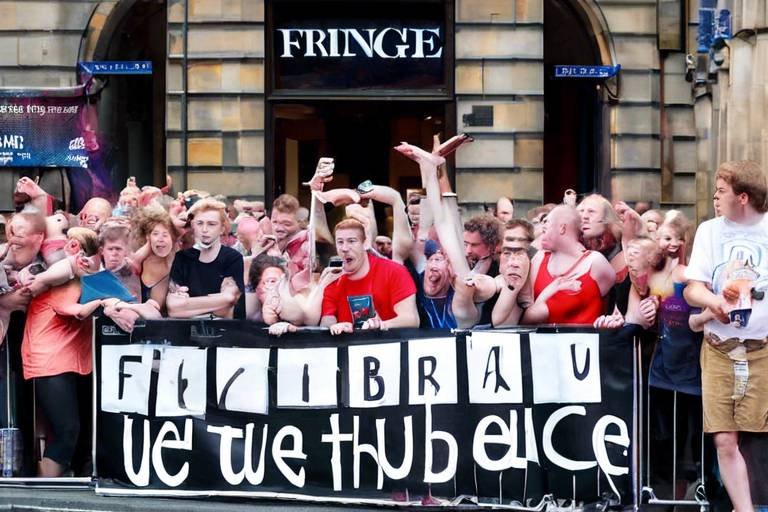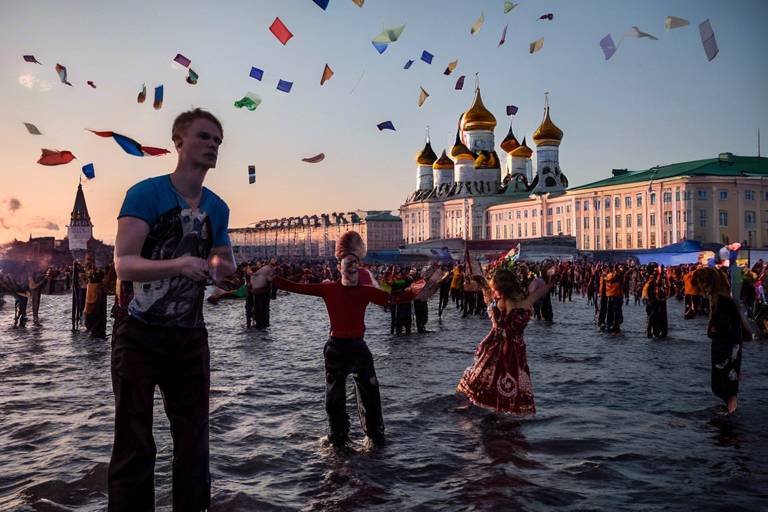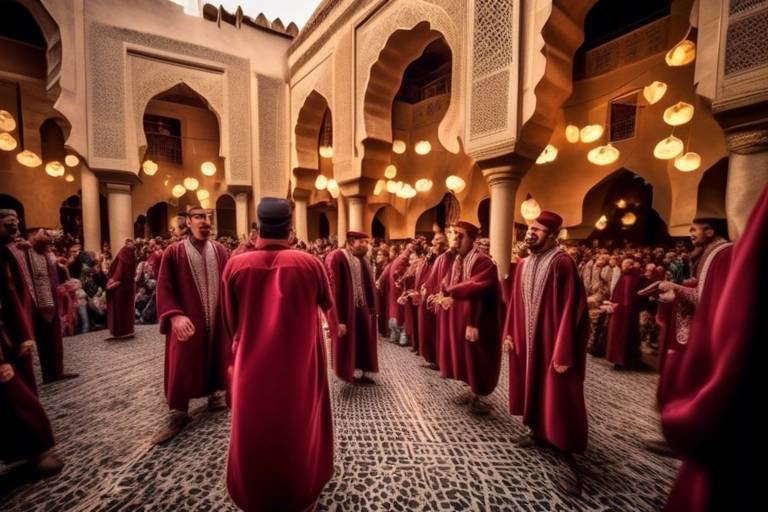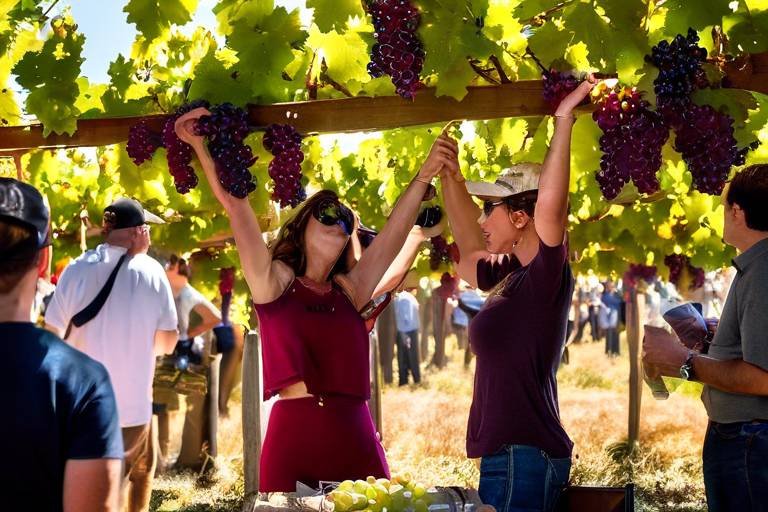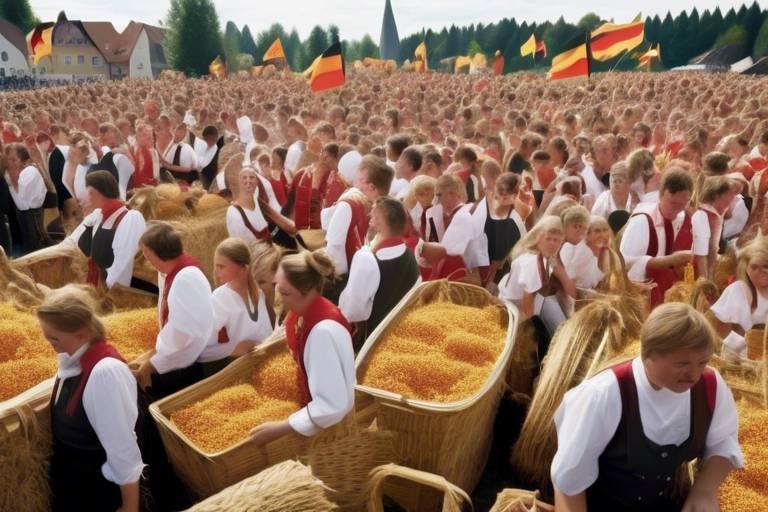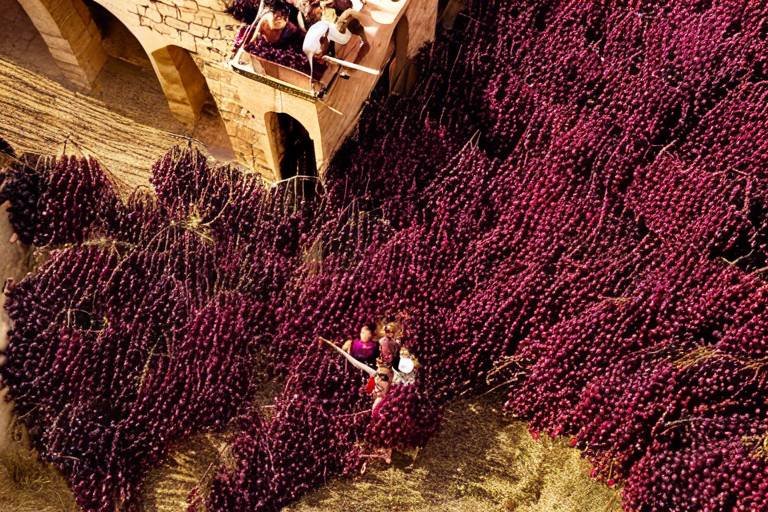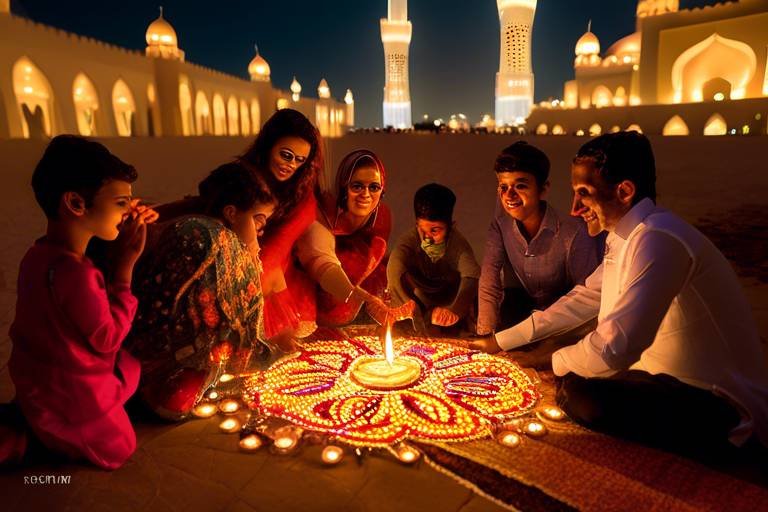The Surrealism of Spain's Semana Santa Processions
Spain's Semana Santa processions are a mesmerizing blend of tradition, artistry, and cultural significance that captivate both locals and visitors alike. The surreal and dramatic displays of religious fervor during Semana Santa are unlike any other event in the world, drawing people in with their unique charm and intensity.
As the processions wind through the streets, the air is filled with a sense of mystery and reverence, creating an atmosphere that transports onlookers to another time and place. The elaborate floats, intricate costumes, and haunting music combine to create a sensory experience that leaves a lasting impression on all who witness it.
Each procession tells a story, weaving together elements of faith, history, and artistic expression in a way that is both profound and visually stunning. The symbolism and imagery present in Semana Santa processions are rich with meaning, inviting spectators to contemplate the deeper significance behind the elaborate displays.
From the solemn chants to the elaborate sculptures, every detail is carefully crafted to evoke a sense of awe and wonder. It's a celebration of both the spiritual and the artistic, a fusion of creativity and devotion that is truly awe-inspiring.
Whether you are a religious pilgrim or a curious traveler, witnessing Spain's Semana Santa processions is an experience that will stay with you long after the last float has passed. It's a journey into the heart of Spanish culture, where tradition and innovation come together in a spectacle that is as moving as it is unforgettable.

History and Origins
The history and origins of Spain's Semana Santa processions date back centuries, intertwining religious traditions with artistic expression and communal involvement. Rooted in the rich tapestry of Spanish culture, these processions have evolved over time, blending solemn religious observance with vibrant displays of creativity and devotion.
During the medieval period, religious brotherhoods and confraternities began organizing processions to commemorate the Passion of Christ during Holy Week. These early rituals laid the foundation for the elaborate and intricate displays seen in modern Semana Santa celebrations.
One of the earliest recorded processions took place in Seville in the 16th century, marking the beginning of a tradition that would spread throughout Spain and beyond. Over the centuries, Semana Santa processions have become deeply ingrained in the social fabric of Spanish communities, evolving to incorporate local customs and interpretations of the Easter story.
The fusion of religious symbolism with artistic craftsmanship has been a defining feature of Semana Santa processions, with each float, costume, and icon imbued with layers of meaning and history. The intricate sculptures and elaborate decorations serve as visual representations of biblical narratives, inviting spectators to engage with the stories of faith and redemption.
As the centuries passed, Semana Santa processions evolved to reflect the changing cultural landscape of Spain, incorporating elements of Baroque, Renaissance, and contemporary art styles. Despite these artistic influences, the core purpose of the processions remains rooted in religious devotion and communal solidarity, uniting participants in a shared expression of faith and tradition.

Iconic Symbols and Imagery
Exploring the unique and captivating traditions of Spain's Semana Santa processions, known for their surreal and dramatic displays of religious fervor, artistry, and cultural significance.
Delving into the symbolic representations and striking imagery present in Spain's Semana Santa processions, these events are a visual feast for the senses. The processions are adorned with intricate floats carrying religious figures and scenes, each with profound symbolism and meaning. Elaborate costumes worn by participants add a touch of mystique and tradition to the spectacle, embodying the essence of the Easter story.
The iconic symbols featured in Semana Santa processions are deeply rooted in religious narratives and cultural heritage. These symbols, such as crosses, thorns, and images of saints, serve as visual representations of faith and devotion. The imagery displayed on the floats and banners tells stories of sacrifice, redemption, and resurrection, captivating onlookers with their emotional depth and artistic beauty.
Furthermore, the aesthetic elements of Semana Santa processions, from the use of colors to the design of sculptures, create a mesmerizing atmosphere that transports spectators to a realm where spirituality and art intertwine seamlessly. The symbolism embedded in every detail evokes a sense of reverence and contemplation, making the experience both visually stunning and spiritually profound.
As the processions unfold through the streets of Spanish cities, the become a living tapestry of faith and tradition, inviting both locals and visitors to witness the beauty and power of this unique cultural phenomenon.
To provide further insights and address common queries about Spain's Semana Santa processions, here are some frequently asked questions:
- Q: What is the significance of Semana Santa in Spain?
- A: Semana Santa holds immense cultural and religious importance in Spain, marking the commemoration of Jesus Christ's passion, death, and resurrection.
- Q: How are the floats in Semana Santa processions created?
- A: The floats, known as 'pasos,' are meticulously crafted by skilled artisans and craftsmen, often representing scenes from the Bible or religious icons.
- Q: Do Semana Santa processions take place only in major cities?
- A: While larger cities like Seville and Malaga are renowned for their elaborate processions, Semana Santa events occur in towns and villages across Spain, each with its unique traditions.
- Q: How can visitors experience Semana Santa in Spain?
- A: Visitors can immerse themselves in the Semana Santa festivities by attending processions, visiting local churches, and participating in cultural events that take place during Holy Week.
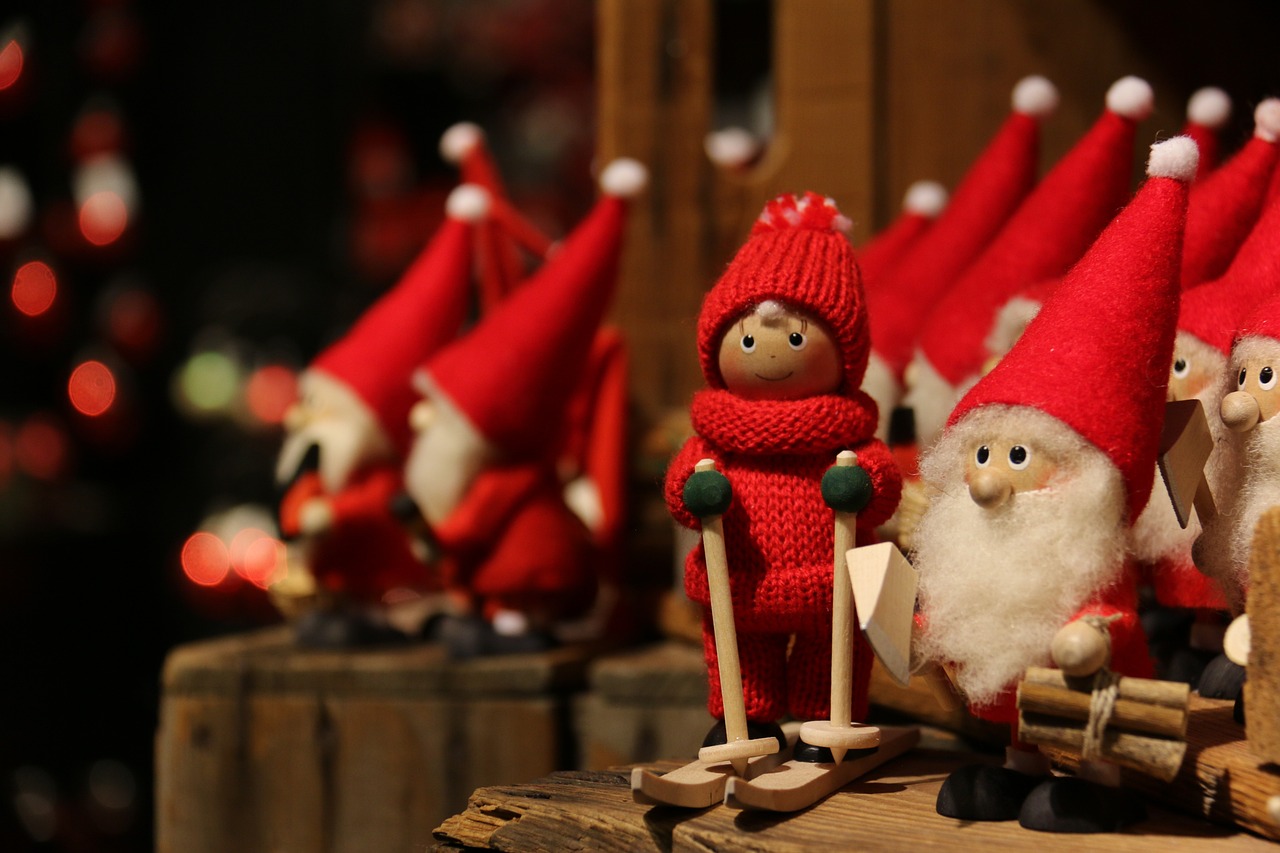
Regional Variations
Spain's Semana Santa processions showcase a rich tapestry of regional variations that add a unique flavor to this centuries-old tradition. From the somber and solemn processions in Andalusia to the vibrant and colorful displays in Catalonia, each region in Spain brings its own interpretation and customs to the Easter celebrations.
In Andalusia, particularly in cities like Seville and Malaga, Semana Santa processions are known for their grandeur and emotional intensity. The streets come alive with the sound of marching bands, the scent of incense, and the sight of intricate floats carrying religious effigies. The processions here are steeped in tradition, with each brotherhood following specific routes and rituals passed down through generations.
On the other hand, in the northern regions of Spain such as Galicia and Asturias, Semana Santa processions take on a more understated and contemplative tone. Here, the focus is more on quiet reflection and intimate gatherings rather than elaborate displays. The processions are often accompanied by hauntingly beautiful Gregorian chants, creating a sense of reverence and spirituality.
Heading to the east coast of Spain, in regions like Valencia and Murcia, Semana Santa processions are characterized by a burst of color and festivity. The streets are adorned with intricate floral carpets, and the processions feature lively music and dance performances. These regions blend religious fervor with a joyful celebration of community and culture, creating a unique and vibrant atmosphere.
Overall, the regional variations in Spain's Semana Santa processions offer a diverse and fascinating glimpse into the country's rich cultural heritage and religious traditions. Whether you prefer the solemnity of Andalusia, the tranquility of the north, or the exuberance of the east, there is something for everyone to experience and appreciate during this extraordinary time of year.
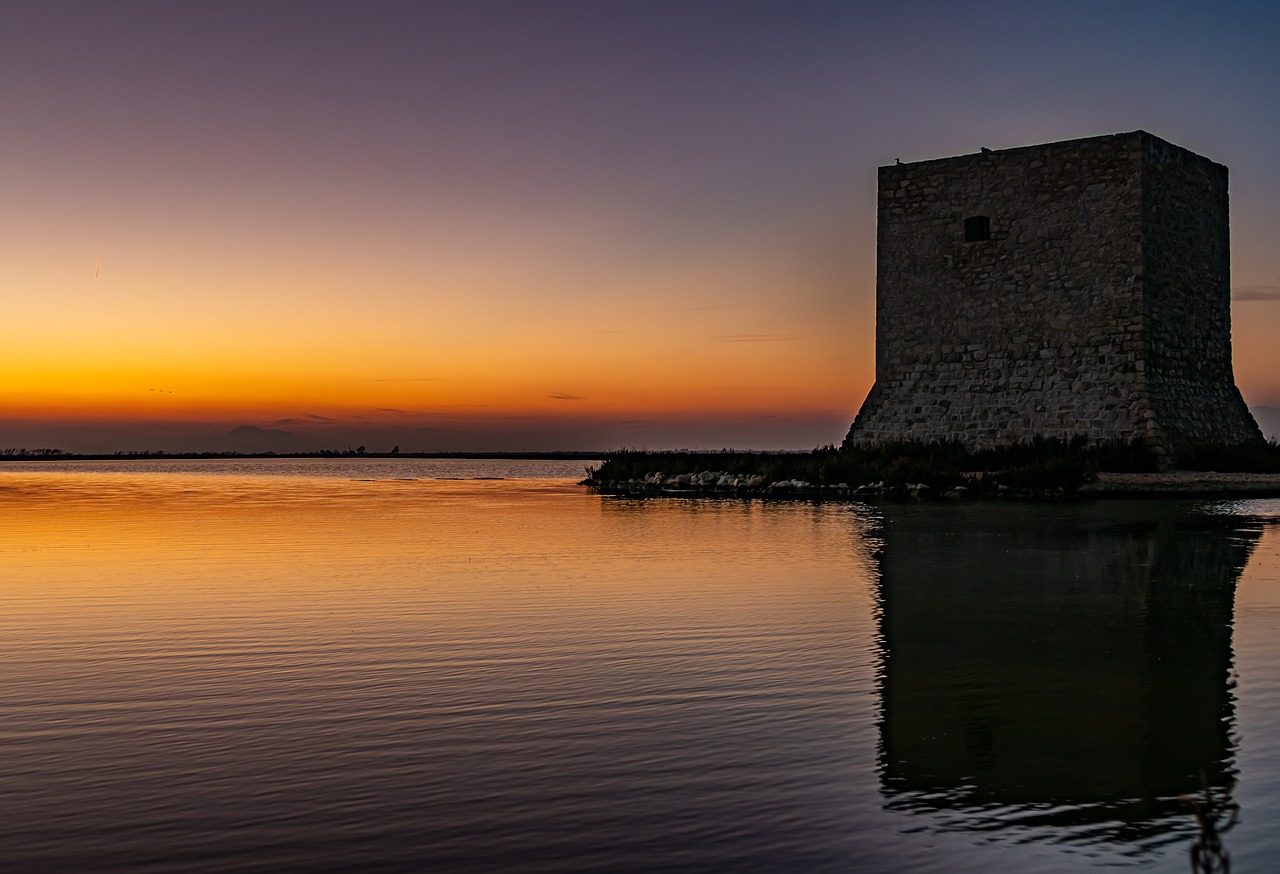
Artistic Expressions
Artistic expressions play a pivotal role in Spain's Semana Santa processions, infusing the religious rituals with a profound sense of creativity and craftsmanship. The processions are a visual feast for the senses, showcasing elaborate sculptures, intricate decorations, and symbolic motifs that carry deep religious significance. Each float and costume is meticulously crafted to convey intricate narratives from the Bible, bringing to life the stories of Christ's passion and resurrection.
The artists behind these creations pour their hearts and souls into every detail, blending traditional religious iconography with innovative design elements. The result is a mesmerizing display of artistry that captivates both participants and spectators alike. The processions serve as a canvas for these artists to express their devotion and reverence through their creative expressions, creating a unique fusion of faith and art.
One of the most striking aspects of the artistic expressions in Semana Santa processions is the attention to detail in every element. From the facial expressions of the sculptures to the intricate embroidery on the costumes, every aspect is carefully considered to evoke a sense of awe and reverence. The use of vibrant colors, ornate decorations, and dramatic lighting further enhance the visual impact, creating a truly immersive experience for all who witness the processions.
Moreover, the artistic expressions in Semana Santa processions serve as a testament to the rich cultural heritage of Spain, showcasing centuries-old traditions that have been passed down through generations. The intricate craftsmanship and attention to detail reflect the deep-rooted respect for religious traditions and the enduring legacy of artistic excellence in Spanish culture.

Cultural Significance
The of Spain's Semana Santa processions goes beyond mere religious observance; it embodies a profound sense of community identity, tradition, and spiritual devotion. These processions serve as a powerful expression of shared cultural heritage, uniting individuals in a collective display of faith and reverence during the Easter season. The intricate rituals and symbolic performances not only reflect Spain's rich history and religious beliefs but also reinforce the bonds that tie communities together.
Through the elaborate floats, ornate costumes, and solemn marches, Semana Santa processions become a visual representation of the values and beliefs that define Spanish culture. The meticulous attention to detail in the craftsmanship of the religious imagery and decorations showcases the dedication and reverence that participants hold for these traditions. Each element of the procession, from the music to the choreography, is carefully curated to evoke a sense of awe and contemplation among both participants and spectators.
Moreover, the Cultural Significance of Semana Santa extends beyond the religious sphere, influencing various aspects of Spanish society. These processions are not just religious events but also social gatherings that bring people together, fostering a sense of community solidarity and shared purpose. Families, friends, and neighbors come together to participate in or witness the processions, strengthening social bonds and creating lasting memories that are passed down through generations.
Furthermore, Semana Santa processions serve as a platform for artistic expression, where traditional religious themes are reinterpreted through a contemporary lens. Artists and craftsmen contribute to the cultural significance of these events by infusing modern techniques and styles into the traditional iconography, creating a dynamic fusion of past and present. This blending of old and new reflects the evolving nature of cultural traditions and ensures their relevance in a changing world.

Musical Accompaniment
Music plays a vital role in Spain's Semana Santa processions, enriching the entire experience with its solemnity and emotional depth. Traditional chants and hymns echo through the streets, setting a reverent atmosphere that enhances the spiritual journey of participants and spectators alike. The rhythmic beats of drums and brass instruments create a sense of anticipation and intensity, adding a dramatic flair to the processions.
Orchestral compositions, carefully crafted to complement the religious themes and narratives of the rituals, elevate the emotional impact of the displays. The harmonious melodies and powerful crescendos resonate with the audience, stirring feelings of awe and reverence. Music acts as a unifying force, binding together the visual spectacle of the processions with the spiritual essence they embody.
In some regions, specific musical traditions have developed over the centuries, adding a distinctive flavor to the Semana Santa celebrations. Local choirs and bands showcase their talent through unique interpretations of traditional pieces, infusing the processions with regional musical identity. The blend of ancient melodies and modern arrangements creates a dynamic soundscape that captivates both locals and visitors, immersing them in the rich cultural tapestry of Spain's Easter traditions.
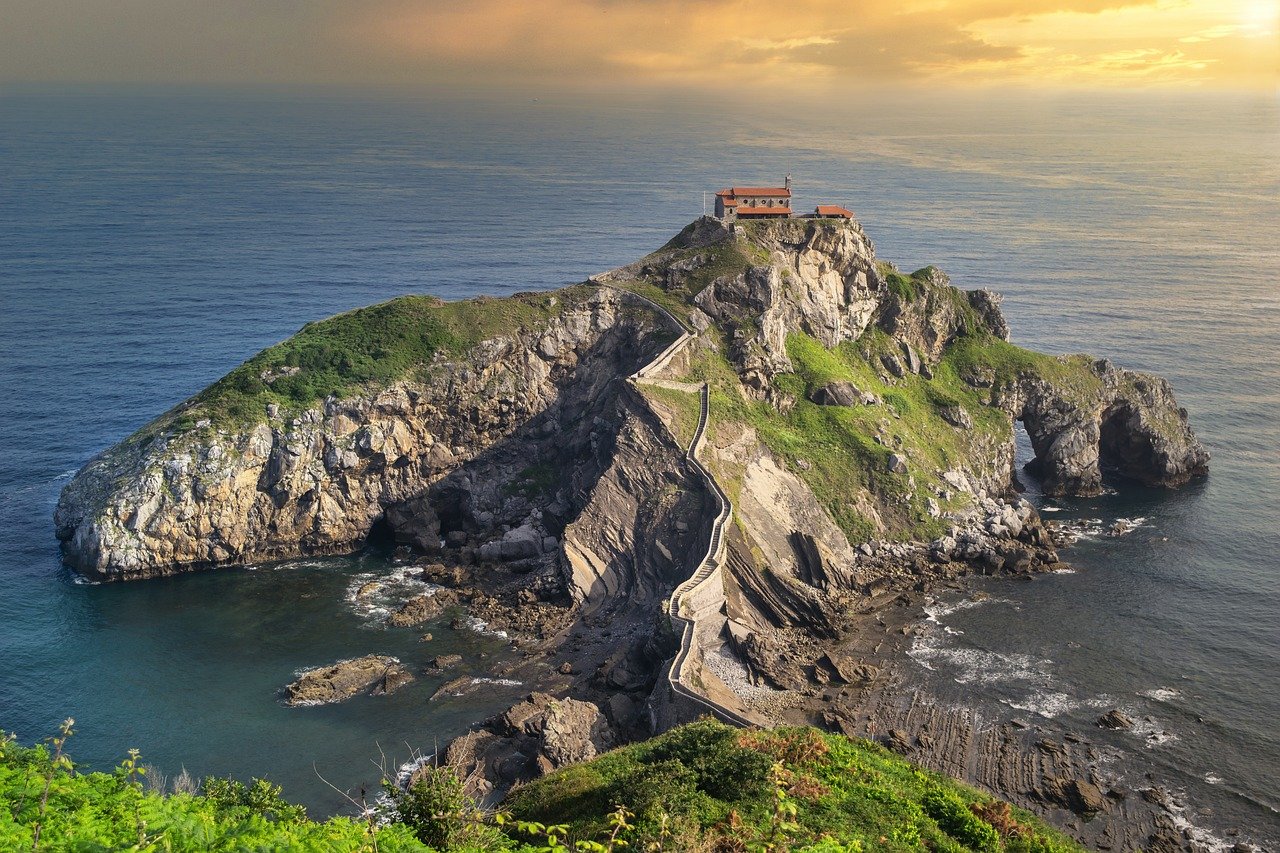
Modern Interpretations
Modern Interpretations of Spain's Semana Santa processions showcase a fascinating blend of tradition and innovation. In recent years, artists and communities have been reimagining the age-old rituals to appeal to contemporary audiences while preserving the essence of the cultural heritage. One notable trend is the incorporation of modern artistic techniques and materials into the creation of religious imagery, breathing new life into the traditional sculptures and decorations.
Furthermore, some interpretations focus on enhancing the interactive and immersive aspects of the processions, inviting spectators to actively engage with the symbolism and narratives being portrayed. This approach aims to bridge the gap between ancient religious practices and modern sensibilities, creating a dynamic and participatory experience for both locals and visitors.
Another intriguing development in modern interpretations is the fusion of diverse artistic styles and influences, reflecting the multicultural landscape of contemporary Spain. Artists are experimenting with unconventional forms of expression, such as digital art projections and interactive installations, to reinterpret the age-old stories and themes associated with Semana Santa in a fresh and thought-provoking manner.
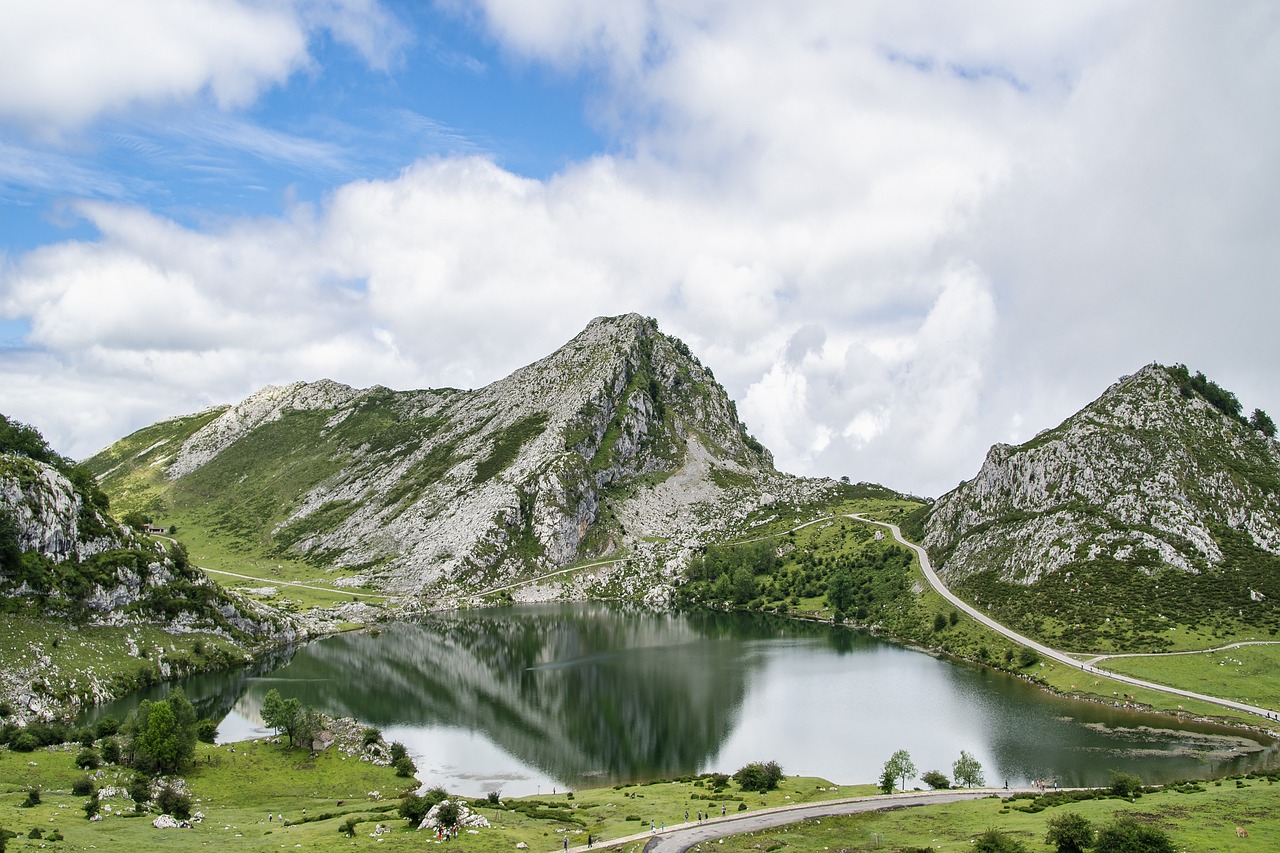
Global Influence
Spain's Semana Santa processions have transcended borders and captured the fascination of people worldwide, exerting a profound global influence that extends far beyond the country's boundaries. The mesmerizing displays of religious fervor, artistic prowess, and cultural richness have attracted visitors from diverse corners of the globe, drawn to the unique blend of tradition and spectacle that characterizes these solemn yet captivating events.
With their intricate floats, elaborate costumes, and profound symbolism, Spain's Semana Santa processions have inspired similar religious and cultural events in various parts of the world. From Latin America to the Philippines, echoes of Spain's traditions can be seen in processions that pay homage to the country's rich heritage and religious customs. The global reach of Semana Santa underscores the universal appeal of these age-old rituals and their ability to resonate with people of different cultures and backgrounds.
Furthermore, the artistic and musical elements of Spain's Semana Santa processions have left an indelible mark on the global cultural landscape. The elaborate sculptures, intricate decorations, and solemn chants have influenced artists and musicians worldwide, inspiring works that evoke the same sense of reverence and awe found in the streets of Spanish cities during Easter week. The transcendent power of these traditions lies in their ability to transcend language barriers and touch the hearts of all who witness them.
Frequently Asked Questions
- What is Semana Santa?
Semana Santa, or Holy Week, is a significant religious observance in Spain that commemorates the passion, death, and resurrection of Jesus Christ. It is marked by elaborate processions, rituals, and ceremonies that take place in the days leading up to Easter Sunday.
- When does Semana Santa take place?
Semana Santa typically occurs during the week leading up to Easter Sunday, starting on Palm Sunday and culminating on Easter Sunday. The exact dates vary each year as they are based on the lunar calendar.
- What can I expect to see during Semana Santa processions?
During Semana Santa processions, you can expect to see intricate floats depicting religious scenes, participants dressed in traditional robes, solemn music, and a reverent atmosphere filled with devotion and cultural significance.
- Are Semana Santa processions only religious events?
While Semana Santa processions have deep religious roots and significance, they also hold cultural and artistic value. The processions blend religious devotion with artistic expression, showcasing elaborate sculptures, symbolic imagery, and traditional music.
- Can anyone participate in Semana Santa processions?
Participation in Semana Santa processions is often reserved for members of religious brotherhoods and confraternities who have a deep commitment to the traditions. However, spectators are welcome to observe and experience the unique atmosphere of the processions.



